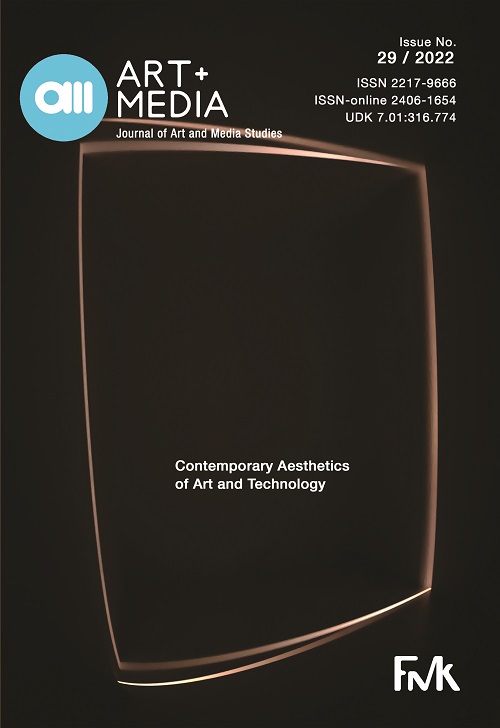The Intersection of Digital and Spatial Immersion: Architecture of Pavilions at Expo Dubai 2020
The Intersection of Digital and Spatial Immersion: Architecture of Pavilions at Expo Dubai 2020
Author(s): Sanja Gogić, Duška ProdanovićSubject(s): Architecture, Aesthetics
Published by: Fakultet za medije i komunikacije - Univerzitet Singidunum
Keywords: Expo Dubai 2020; immersive reception; the symbiosis of architecture and digital art; spatial immersion; architectural pavilion.
Summary/Abstract: Expo Dubai 2020 is clear evidence of a 21st-century radical switch regarding thereception of art exhibitions. As Virtual Reality, Augmented Reality, and Artificial Intelligencetechnologies have already developed enough to show significant influences on art, the followingtopic considers the merging of architecture and digital art, which are building immersiveexperiences together. The aim of this paper is to establish the level of inseparability and thetype of connection between spatial and digital aspects that cooperatively stimulate and definethe movement of visitors. As the creative capacity of architecture and digital art is unlimited inproduction, three country pavilions, Brazilian, South Korean, and Italian at Expo Dubai 2020,with distinct concepts are analyzed. Selected pavilions were showing diverse approaches to theapplication of digital technologies within the space, which makes new possible categories to beexplored. A strongly emphasized multisensory aspect of spatial experience can be discoveredthrough simple architectural technology in the Brazilian pavilion combined with the symbolicelement of water, sounds, and vapors together with digital projections. Symbiosis of digitaland architectural components of space is reached in the Italian pavilion by the double shiftingof both digital and physical parts of the rope façade. The apparent combination of digital andanalog surfaces on the kinetic facade in the Korean pavilion completes the basis for discussionabout methods of hybridization of architecture and digital art. Although architecture is, accordingto Peter Sloterdijk, the original form of immersion, the selected pavilions demonstratethat participants of the state-of-the-art symbiosis of architecture and digital art can experiencenew types of immersive reception, simultaneously showcasing the application of the conceptof mimesis.
Journal: AM Časopis za studije umetnosti i medija
- Issue Year: 2022
- Issue No: 29
- Page Range: 43-55
- Page Count: 13
- Language: English

